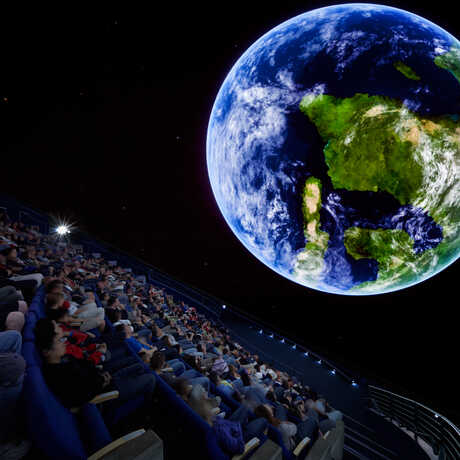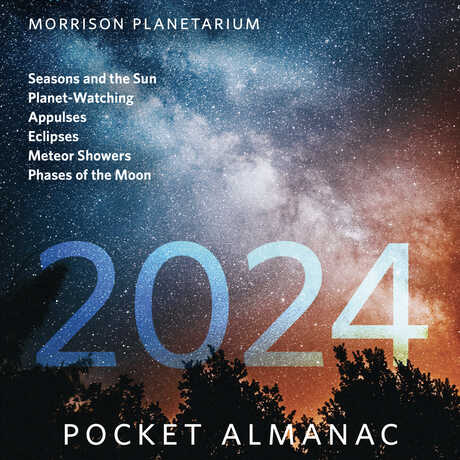Benjamin Dean Astronomy Lectures
Seeing Beyond Sight: Astronomical Images and the Aesthetics of the Sublime

Cosmic Cliffs is the edge of a nearby, young, star-forming region NGC 3324 in the Carina Nebula. The Near-Infrared Camera (NIRCam) on NASA’s James Webb Space Telescope captured it in infrared light, a light our eyes cannot perceive.
Seeing Beyond Sight: Astronomical Images and the Aesthetics of the Sublime
Monday, November 4, 2024 7:30 pm,
Morrison Planetarium
Featuring Dr. Elizabeth Kessler, American Studies | Stanford University
Over the last several decades, astronomers have used the Hubble Space Telescope to look deep into the Universe, a practice that continues with the James Webb Space Telescope. The images from these instruments, as well as those from ground-based telescopes and space probes, have introduced us to a celestial plentitude: pictures of galaxies that glitter with millions of points of light and nebulae that reach upward as giant gaseous columns; panoramas of Martian landscapes and close-ups of its geological features; aerial views of Jupiter’s swirling clouds and Saturn’s many rings in brilliant hues; visual reconstructions of black holes outlined in glowing orange.
Such cosmic pictures are based on scientific data, but they must address a vexing question: How to represent what our lies beyond our sight? This talk will consider how the aesthetics of astronomical images aid in the task. In particular, it will trace a recurring engagement with the rhetorical and visual tropes of the sublime, whether a resemblance to 19th-century landscape paintings of the American West or a reprise of the psychedelic styles of 1960s counterculture. Through the aesthetics of the sublime, astronomical images convey the awesomeness of reaching beyond our sensory limits, even as the familiarity of these tropes tame or contain the potentially terrifying aspects of transcendence.
Image credit: NASA, ESA, CSA, STScI

Elizabeth A. Kessler is Advanced Lecturer in American Studies at Stanford University. Her research and teaching focus on 20th- and 21st-century American visual culture. Her diverse interests include: the role of aesthetics, visual culture, and media in modern and contemporary science, especially astronomy; the interchange between technology and ways of seeing and representing; the history of photography; and the representation of fashion in different media. Her book, Picturing the Cosmos: Hubble Space Telescope Images and the Astronomical Sublime, on the aesthetics of deep space images, was published in 2012. Her work has also appeared in Aperture, Technology and Culture, The Journal of Visual Culture, and other publications. She is currently writing a book on the anticipation and astronomy, as well as a second on portraiture in Silicon Valley.
From outer space to Earth's inner core, explore the universe from Morrison Planetarium's 75-foot digital dome.

Download Morrison Planetarium's 2024 Pocket Almanac to stay up-to-date on eclipses, meteor showers, satellite spottings, and more.
